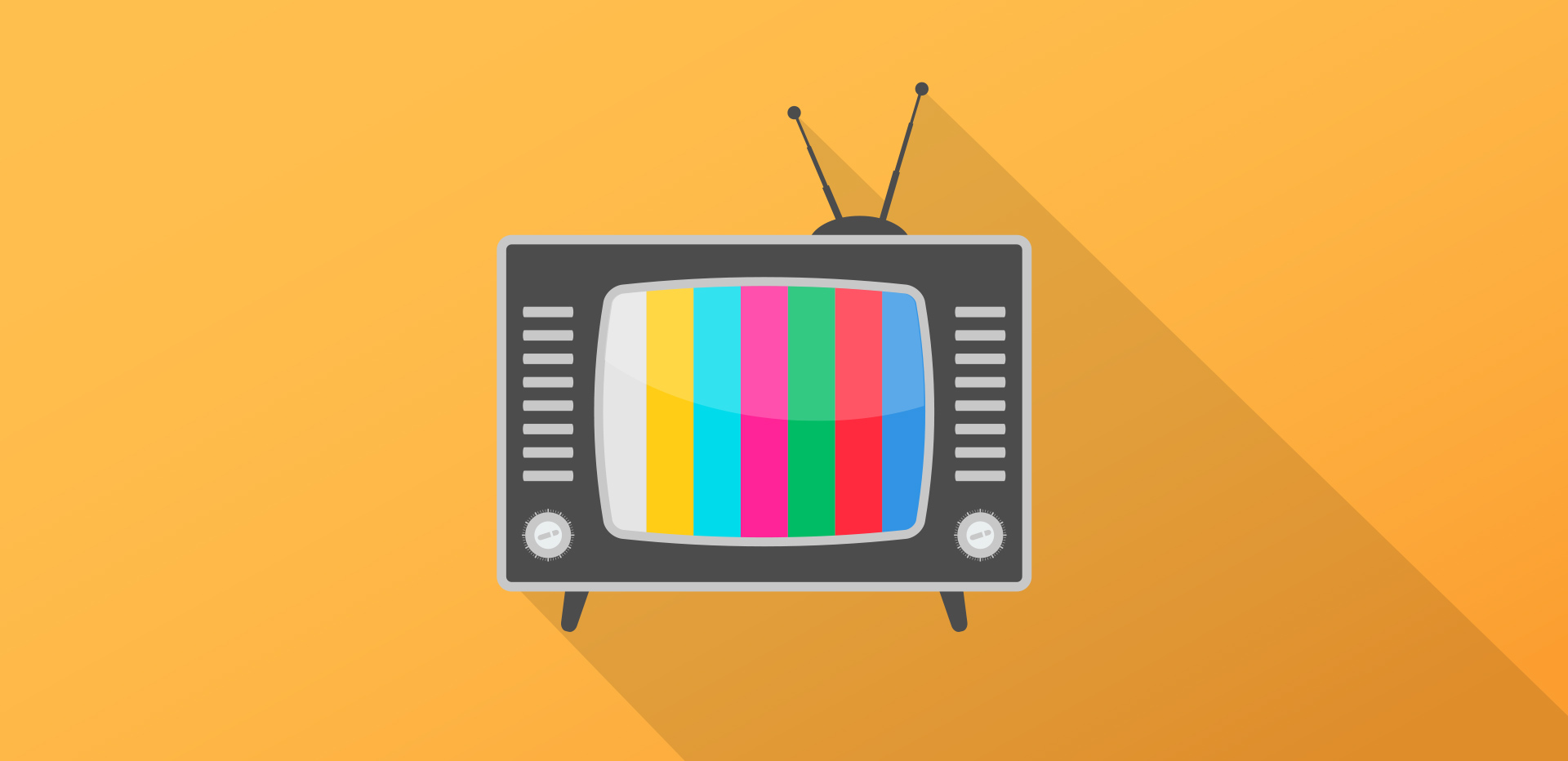In both an Executive Order and the State of the Union, the Biden Administration has announced a campaign to eliminate “junk fees.” The Biden Administration has singled out cable and internet services as an industry that uses junk fees and has called on Congress and the FCC to take action against these fees. Prior to the Biden Administration, Congress attempted to address the specific problem of junk fees in the cable and broadband industry through the Television Viewer Protection Act of 2019. The TVPA requires providers to give consumers the total price, inclusive of all fees, for a subscription to cable and/or broadband service at the point of sale and prohibits charging an equipment fee for internet service where the customer provides their own equipment. Analysis shows neither the TVPA or competition from streaming services has reduced the use of junk fees by cable providers. To the contrary, competition from streaming services may actually increase the incentive to use junk fees. The problem is made more complicated by the offering of bundled services, further obscuring the true price of service. This limited natural experiment suggests that eliminating junk fees will require direct regulation and not merely disclosure obligations.
By Harold Feld[1]
President Biden has made the elimination of “junk fees” a prominent initiative. Initially introduced as part of his Executive Order on Competition in July of 2021,[2] the President highlighted its anti-
...THIS ARTICLE IS NOT AVAILABLE FOR IP ADDRESS 216.73.216.89
Please verify email or join us
to access premium content!

